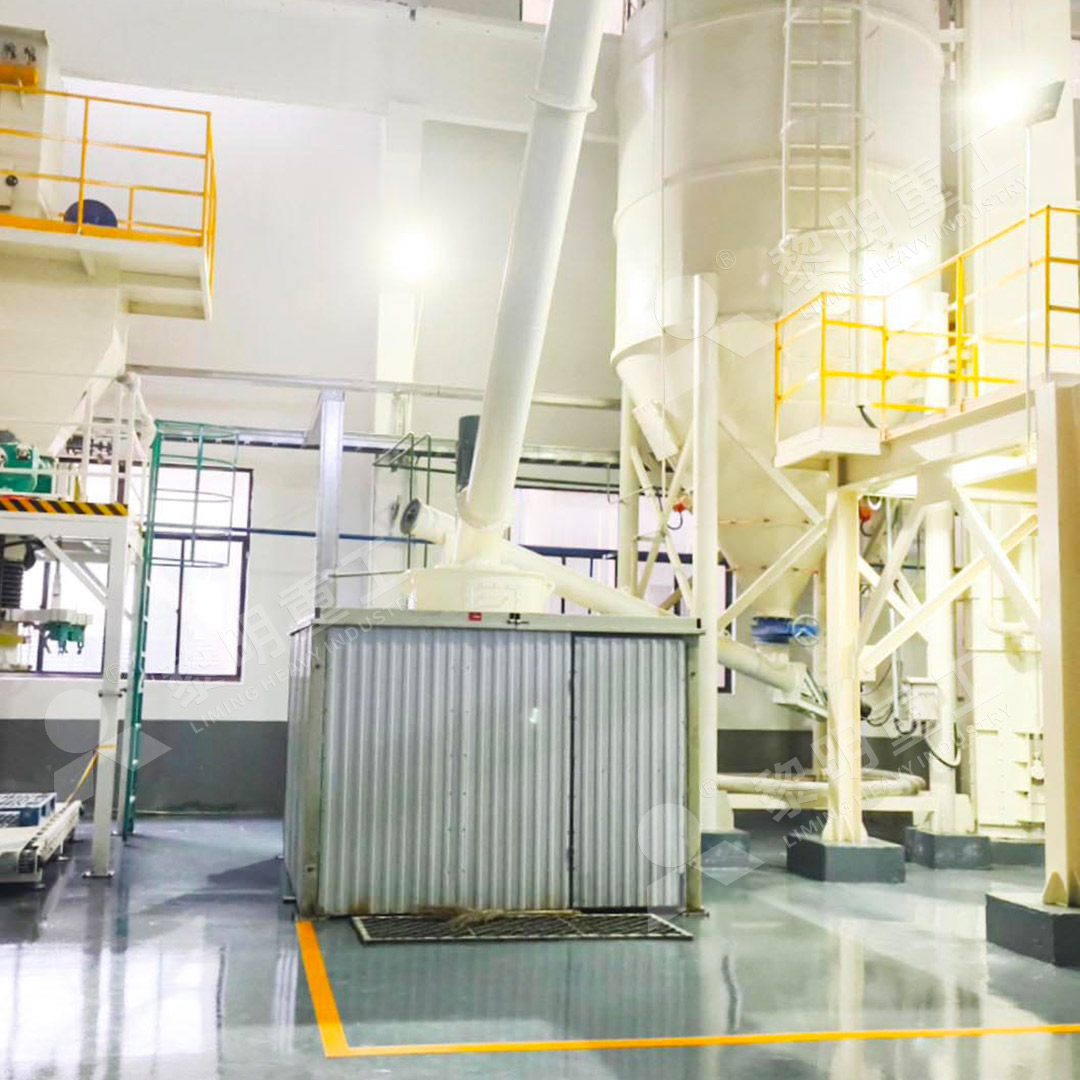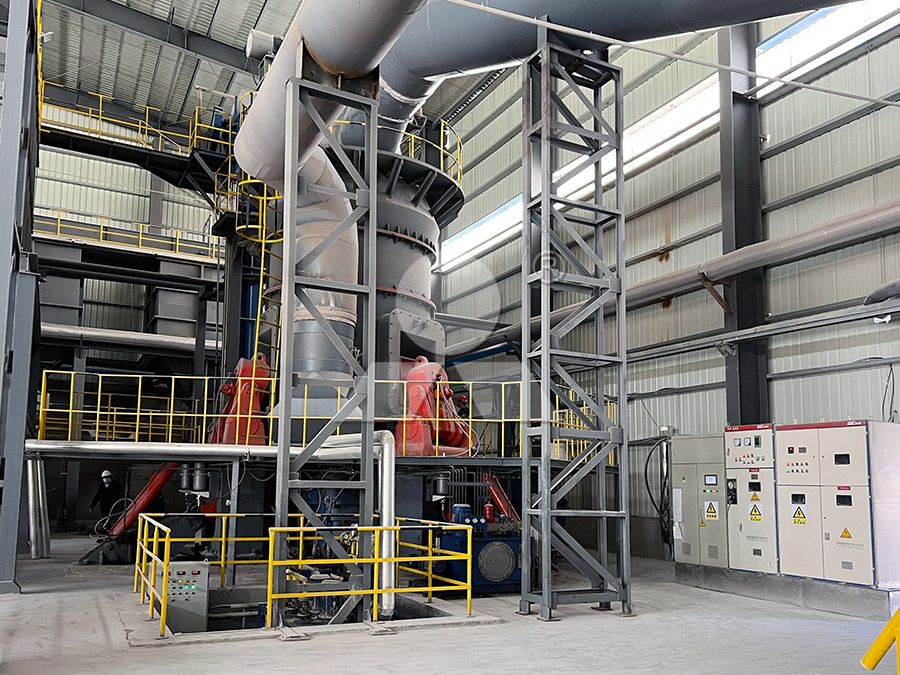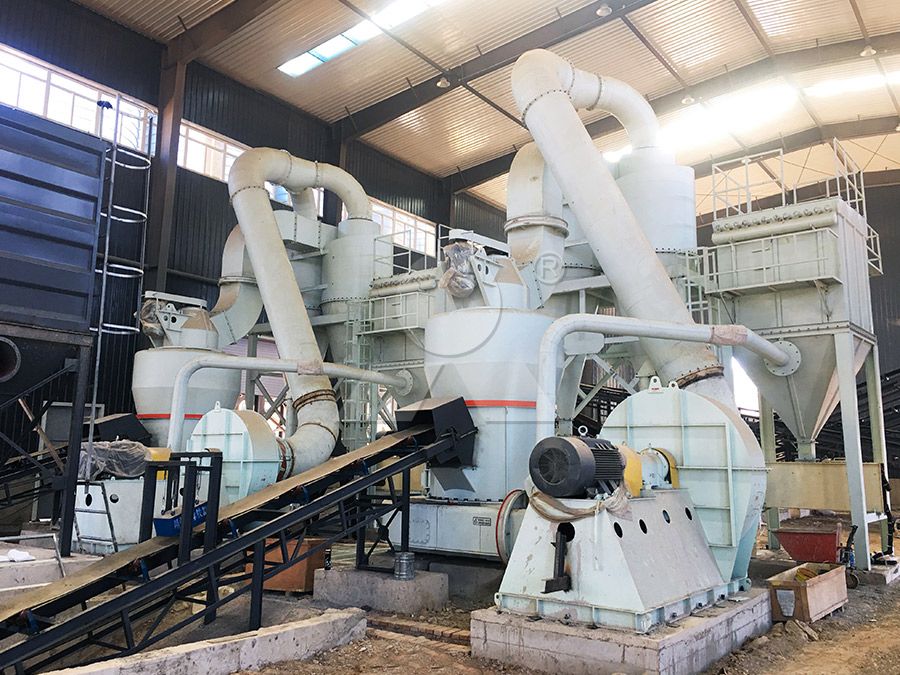Complete Guide to All Models of New Raymond Mill Grinding Machines
Complete Guide to All Models of New Raymond Mill Grinding Machines
In today’s demanding industrial landscape, selecting the right grinding equipment can make or break your operational efficiency. With decades of experience in powder processing technology, we’ve witnessed firsthand how the right mill can transform production outcomes. This comprehensive guide cuts through the technical jargon to help you understand the complete Raymond mill lineup and make informed decisions for your specific application needs.
Understanding Modern Grinding Technology
Contemporary grinding mills have evolved far beyond their predecessors, incorporating advanced engineering principles and digital controls. The modern Raymond mill family encompasses various configurations designed to handle different material characteristics, production requirements, and environmental considerations. From coarse grinding to ultra-fine powder production, there’s a specialized solution for virtually every industrial application.

When evaluating grinding equipment, professionals typically consider several key factors: input size capacity, throughput requirements, final product fineness, energy consumption, operational stability, and environmental compliance. Each model in the Raymond mill series addresses these concerns with unique technological innovations.
Specialized Solutions for Diverse Applications
The grinding mill market has diversified significantly to meet specialized industry demands. For operations requiring ultra-fine powder production with minimal environmental impact, the MW Ultrafine Grinding Mill represents a technological breakthrough. This advanced system handles input sizes up to 20mm with production capacities ranging from 0.5 to 25 tons per hour, making it ideal for customers who need to produce ultra-fine powder across various industries including chemicals, paints, cosmetics, pharmaceuticals, and food additives.
What sets the MW series apart is its innovative design that eliminates rolling bearings and screws within the grinding chamber, significantly reducing maintenance concerns. The integration of efficient pulse dust collection and muffler systems ensures minimal environmental impact during operation. With adjustable fineness between 325-2500 meshes and screening rates achieving d97≤5μm in a single pass, this mill delivers exceptional precision for the most demanding applications.

Vertical Grinding Advancements
For operations prioritizing space efficiency and integrated processing, vertical grinding mills offer compelling advantages. The LUM Ultrafine Vertical Grinding Mill combines German powder separating technology with Taiwanese grinding roller innovations to deliver exceptional performance in a compact footprint. Handling input sizes up to 10mm with capacities of 5-18 tph, this system integrates ultrafine powder grinding, grading, and transporting into a single streamlined process.
The LUM series incorporates double position-limiting technology that ensures operational stability even under challenging conditions, while its reversible structure simplifies maintenance procedures. The unique roller shell and lining plate grinding curve design promotes efficient material layer generation, enabling high finished product rates through single-pass powder milling. This translates to improved whiteness and cleanliness in the final product—critical quality parameters for many industrial applications.
Selecting the Right Mill for Your Operation
Choosing between these advanced grinding systems depends largely on your specific material characteristics, production volume requirements, and final product specifications. Operations processing non-metallic minerals, pulverized coal, and slag might gravitate toward the LM Vertical Grinding Mill with its impressive 0-70mm input size capacity and 3-340 tph throughput range. Meanwhile, operations requiring European-standard precision with lower maintenance costs might find the MTW-Z European Trapezium Mill better suited to their needs.

Beyond technical specifications, practical considerations like available floor space, maintenance capabilities, and environmental regulations play crucial roles in the selection process. The compact design of vertical mills can be decisive for facilities with space constraints, while the advanced dust collection systems in newer models address increasingly stringent environmental standards.
Frequently Asked Questions
What is the main advantage of the MW Ultrafine Grinding Mill over traditional grinding systems?
The MW series delivers 40% higher production capacity compared to jet grinding mills and twice the yield of ball grinding mills at the same fineness and power levels, while consuming only 30% of the energy of jet grinding systems.
How does the LUM Ultrafine Vertical Grinding Mill handle maintenance requirements?
The LUM features a reversible structure and hydraulic adjustment system that allows operators to easily move grinding rollers out of the body for inspection and replacement, significantly reducing downtime during maintenance operations.
What materials can these grinding mills process effectively?
These advanced mills handle various materials including limestone, calcite, dolomite, petroleum coal, gypsum, barite, marble, talc, and coal powder, with specific models optimized for particular material characteristics and industry applications.
How do these mills address environmental concerns?
Modern Raymond mills incorporate efficient pulse dust collectors, mufflers, and noise elimination technologies to minimize environmental impact, with many systems operating fully compliant with national environmental protection standards.
What is the typical lifespan of wear parts in these grinding systems?
With advanced wear-resistant alloys and optimized designs, grinding rollers and rings in these systems typically last 1.7-2.5 times longer than traditional components made of high manganese steel, though actual lifespan varies based on material abrasiveness and operating conditions.
